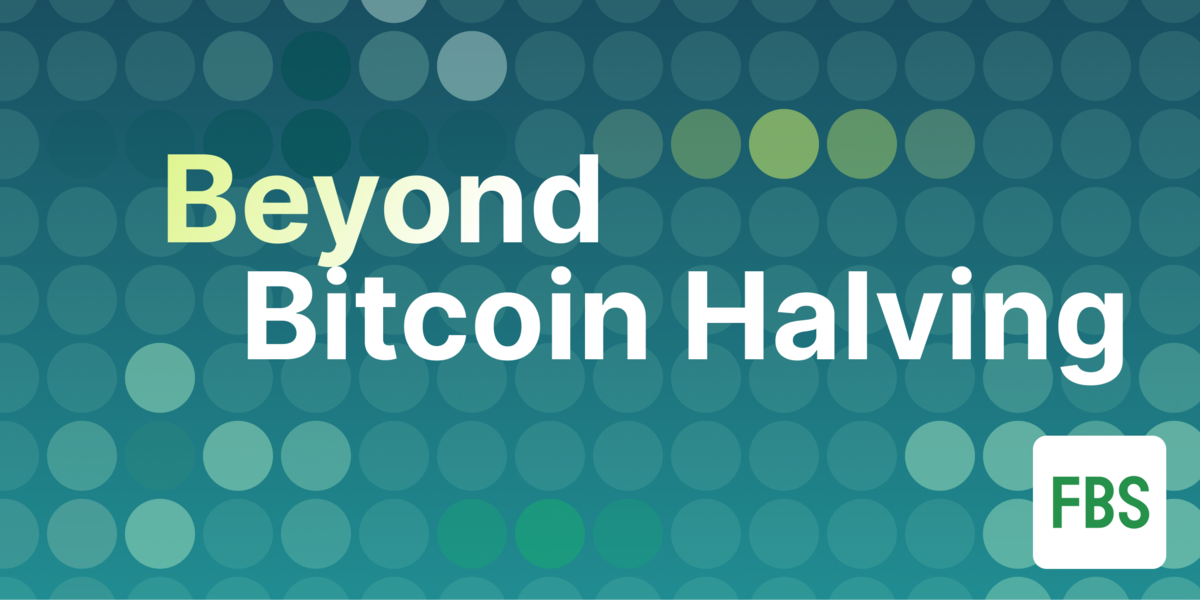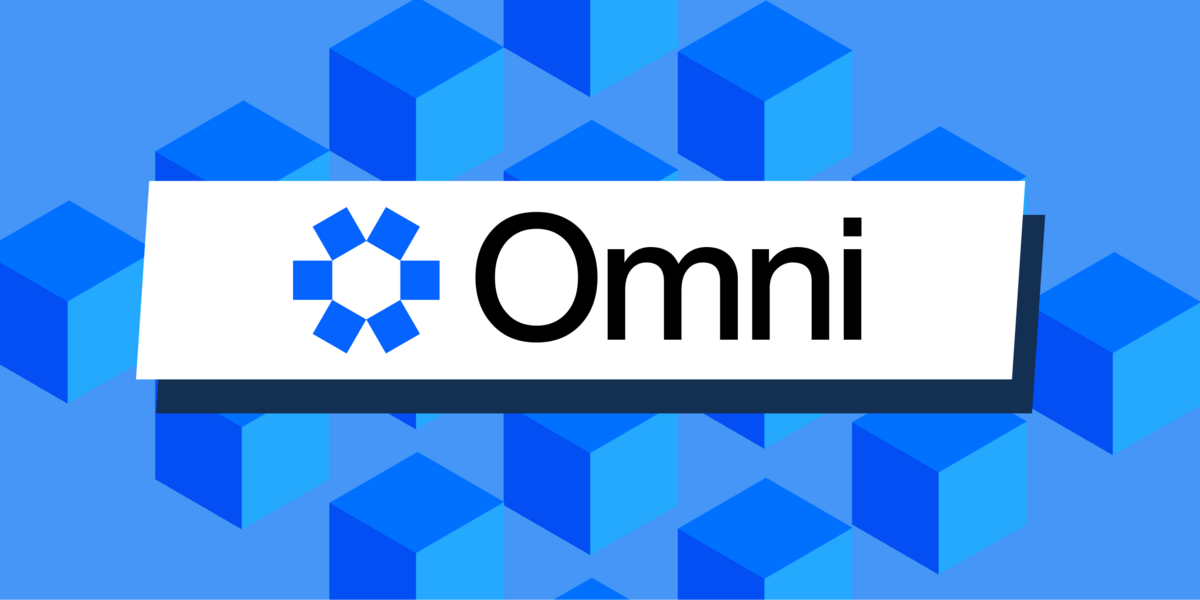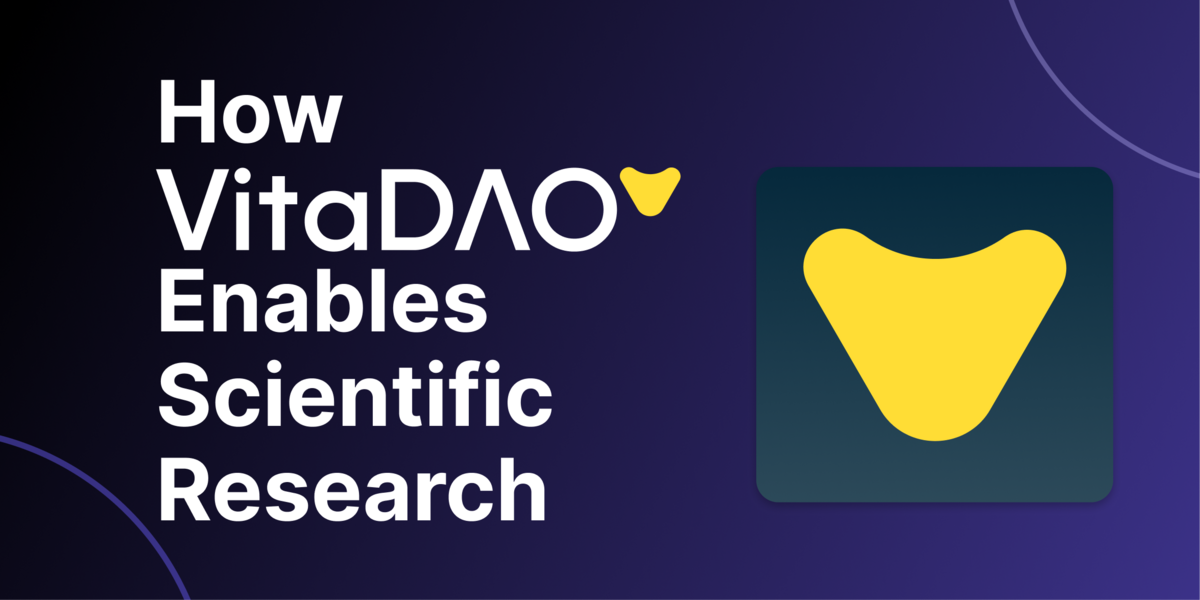What Is a Fair Launch?
A fair launch refers to an equal distribution of a cryptocurrency token at launch. This means everyone will have an equal opportunity to acquire tokens from the beginning, preventing insider trading and price manipulation.
Key Takeaways
-
A fair launch refers to an equal distribution of a token at launch, giving everyone an equal chance to purchase tokens.
-
While a fair launch strives to be fair and equitable, the token’s price can still be subjected to price manipulation.
-
The success and fairness of a fair launch depend on the capabilities and intentions of the team behind the token.

How Does a Fair Launch Work?
In a truly fair ‘fair launch’, there will be no presale tokens or pre-allocated tokens set aside from the team. Buyers can only acquire tokens straight from decentralized exchanges such as Uniswap and PancakeSwap. This helps to minimize centralization and makes it fair for everyone to purchase the tokens.
One classic example of a fair launch is Bitcoin. Before its launch, Bitcoin’s creator, Satoshi Nakamoto, was not allocated any percentage of the cryptocurrency. This means that even the project’s team will have to go through the traditional method of purchasing or acquiring tokens, preventing price manipulation.
There are also different ways project owners can launch their tokens, such as through a presale, whitelisted presale, or stealth launch. I will be discussing them later in my article. First, let's take a quick look at the development of fair launches over time.
Development In Fair Launches
As mentioned above, Bitcoin launched through fair launch in 2009. BTC was the first cryptocurrency ever created, and during the launch, everyone who wanted to acquire BTC had to go through the traditional method of acquiring tokens – mining.
The crypto space constantly evolves, and the definition of fair launch has since changed to include different modes of launches. For example, in 2020, SushiSwap launched its native token, SUSHI, through a fair launch. The SUSHI token launched via a 2-week liquidity mining phase, and anyone could mine SUSHI by staking Uniswap LP tokens on SushiSwap’s own dApp.
Another common type of fair launch we usually see is token launches on decentralized applications. These tokens usually launch on dApps like UniSwap or the team’s own launchpad.
Now, let us start by understanding the properties of a fair launch.
Properties of a Fair Launch
A fair launch generally embodies the following features:
Transparency
Before launch, the team will usually disclose information about the token. This includes general information such as the token’s utility, supply, and detailed roadmap. Typically, reputable teams will also release the whitepaper before launch.
Open Participation
A key feature of a fair launch is open participation. This means that everyone and anyone will be able to have an equal chance to participate in acquiring tokens at launch. This is different from presales, where usually only selected individuals are given the opportunity to buy tokens before the launch.
Decentralized Launch
Decentralization is paramount in a fair launch. A decentralized launch means that no one, including the team, will be able to influence the distribution of tokens. As the tokens will be made available to everyone at the same time, this reduces the risk of centralization. This helps to prevent market manipulation against whales, who hoard large amounts of tokens.
Cons of a Fair Launch
Without a presale, the team may have insufficient funding for a large marketing budget, translating into a lack of interest in the project. This may also affect the token post-launch, as the team may not have enough funds to continue the project after launch.
In addition, as the team does not have tokens allocated to them, they may not have a clear stake in the project. Without a vested allocation or stake, this can ultimately result in the team abandoning the project very quickly.
It is good to note that even though a fair launch typically means that the project’s team will have to go through the traditional method of purchasing tokens themselves. In the memecoin space, most teams still allocate a small percentage of tokens to themselves while still labeling their project as a ‘fair launch’.
Now, let's look at how you can participate in a fair launch.
How to Participate in a Fair Launch
Participation in a fair launch can differ from projects and their launchpad. While some projects choose to use already existing dApps like UniSwap or PancakeSwap, some projects might have their launchpad on their website.
In both these cases, you should ensure that you have sufficient crypto to pay for gas needed to mint the tokens you wish to acquire on the token's chain. Sometimes, teams will also require participants to be holders of another token in order to participate. It is important to conduct your own research and be clear about the requirements of participating in a launch.
Some tokens also launch through a mining or staking mechanism. For such tokens, you might need to use your own hardware and software to mine tokens or stake another kind of cryptocurrency.
Common FAQs About Fair Launches
Now, let's take a look at some common questions around fair launches.
Are There Whitelists for Fair Launches?
Theoretically, there are no whitelists for a fair launch. In a fair launch, all buyers must purchase tokens straight from the decentralized exchanges to ensure that it is fair and equitable.
However, as part of anti-botting measures, some teams might require investors to provide their information, such as their email or wallet address. This does not give priority to anyone to purchase their tokens but rather functions as multi-wallet prevention.
Do Fair Launches Need KYC?
When teams release their tokens on decentralized exchanges like Uniswap, there are no KYC requirements, as buyers do not need to sign up for an account but just connect their wallet to the dApp.
However, as part of anti-botting measures, some teams might require KYC requirements to ensure every individual is legitimate. This will usually occur on the team’s own launchpad.
Are Fair Launches Really Fair?
Whether a fair launch is fair largely depends on each token and the team behind it. While a fair launch aims to be transparent and fair, the team ultimately has insider information that they can use to benefit themselves.
Sometimes known as ‘friends and family tokens’, fair launch teams have been known to give insider information to their friends and family. This can come in the form of early contract addresses, where the team and their friends will buy up large amounts of the token minutes or seconds before its official release. To combat this, it is important to read the etherscan (or equivalent) of the contract to ensure that you are not being used as exit liquidity for such projects.
Fair launches are also largely subjected to botting and snipers. With the help of advanced crypto bots, individuals can instruct their bots to purchase and sell tokens at a profit immediately at launch. The process can be so instantaneous that investors who are buying manually are subjected to large price fluctuations.
To prevent price manipulation, the team may implement anti-botting measures such as blacklisting bots. Sometimes, the team may also impose a maximum wallet which sets a cap on the number of tokens each wallet can hold. Therefore, the fairness of a project overall comes down to the capability and integrity of the team behind the project.
Fair Launch vs. Presale
A presale occurs before the public launch of a token. During a presale, tokens are offered for purchase at a lower price to a group of investors. The money raised from the presale will be used for paying developer fees or used for marketing the project.
In the crypto space, the platform that most teams use is Pinksale, a launchpad protocol that allows teams to launch their tokens on their platform.

There are two different types of presales – capped and uncapped. A capped presale means that there is a hard cap on the amount that is going to be raised for the project. For example, token A has a hard cap of 10 ETH for their presale, and each individual has a max contribution of 0.1 ETH. For a hyped token presale, you might want to get in quickly with high gas despite the high fees, as once the amount is raised, you will be unable to contribute.
Some capped presales may also have whitelists. A whitelist is a list of buyers who are given exclusive access to participate in the presale or initial coin offering. Whitelists are usually given to members of the team or active members of the community.
For an uncapped presale, there is no hard cap on the amount of money raised, so you are able to contribute as long as it is within the time frame of the presale. It is good to note that generally, presales with an uncapped presale are subjected to large price manipulation during launch.
Fair launch and presales are both vastly different methods of launch. While a fair launch may result in a fairer distribution of tokens, there may be problems with insufficient funding. Presales combat this issue of inadequate funding but may result in a tradeoff of price manipulation at launch.
Fair Launch vs. Stealth Launch
A stealth launch is a ‘fair launch’ with little to no community engagement pre-launch. This means that, unlike fair launches, no information about the token will be made available, and buyers will only know of the token's existence after the launch.
Both fair and stealth launches attempt to equal the distribution of a cryptocurrency token at launch. A stealth launch aims to catch the market by surprise. This can help avoid botting and price manipulation, as buyers cannot speculate on the exact launch time.
However, the lack of publicity before a launch can also impact interest in the token as it does not have a following beforehand.
Conclusion
A fair launch is just one of the few ways that teams may choose to launch their token. As with two sides of a coin, a fair launch has both pros and cons. While fair launches may have many advantages like transparency and fairness, they may also result in problems such as insufficient budget or lack of push after launch.
Ultimately, the success and fairness of a fair launch depend on the capabilities and intentions of the team behind the token. It is beneficial for potential investors to conduct in-depth research on the team and the token before purchasing the token.

Hwee Yan has been involved in the cryptocurrency space since 2021. Currently pursuing a degree in Linguistics and Multilingual studies at Nanyang Technological University, she is a writer who is mainly interested in NFTs, crypto trends and memecoins. Follow the author on Twitter @cryptohy8









 Or check it out in the app stores
Or check it out in the app stores